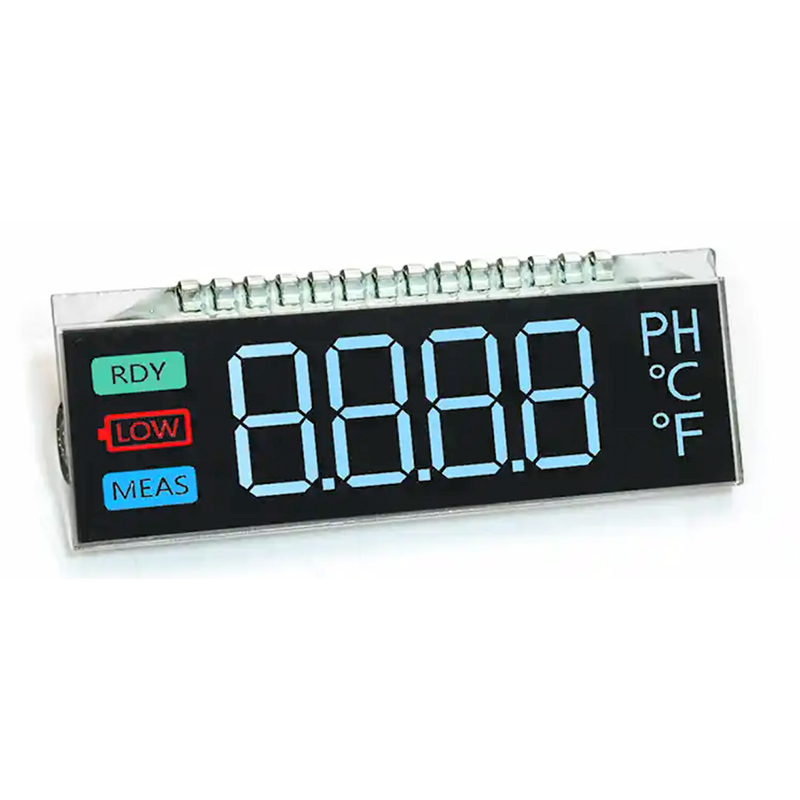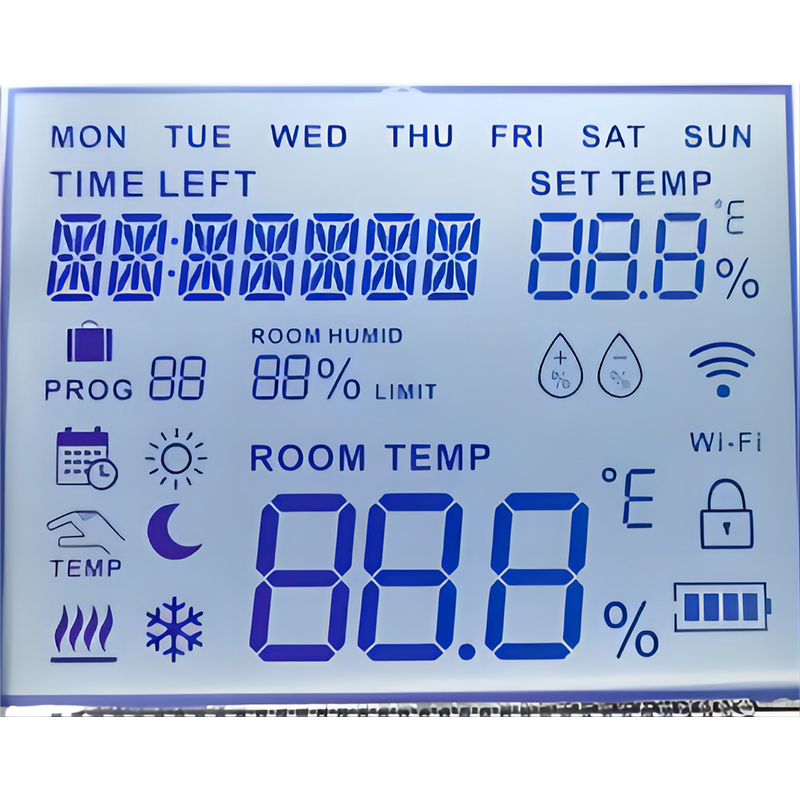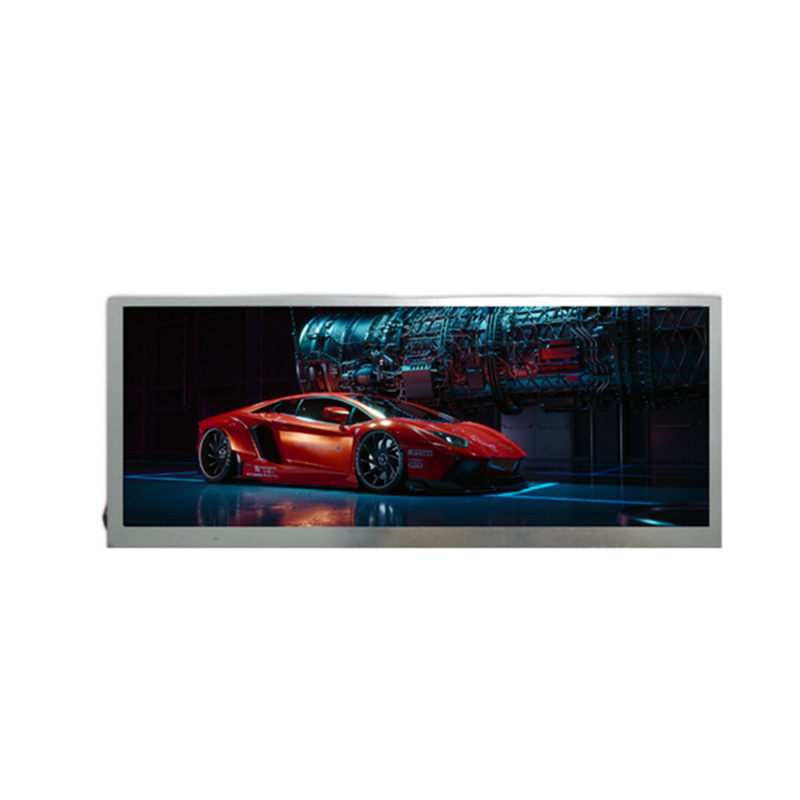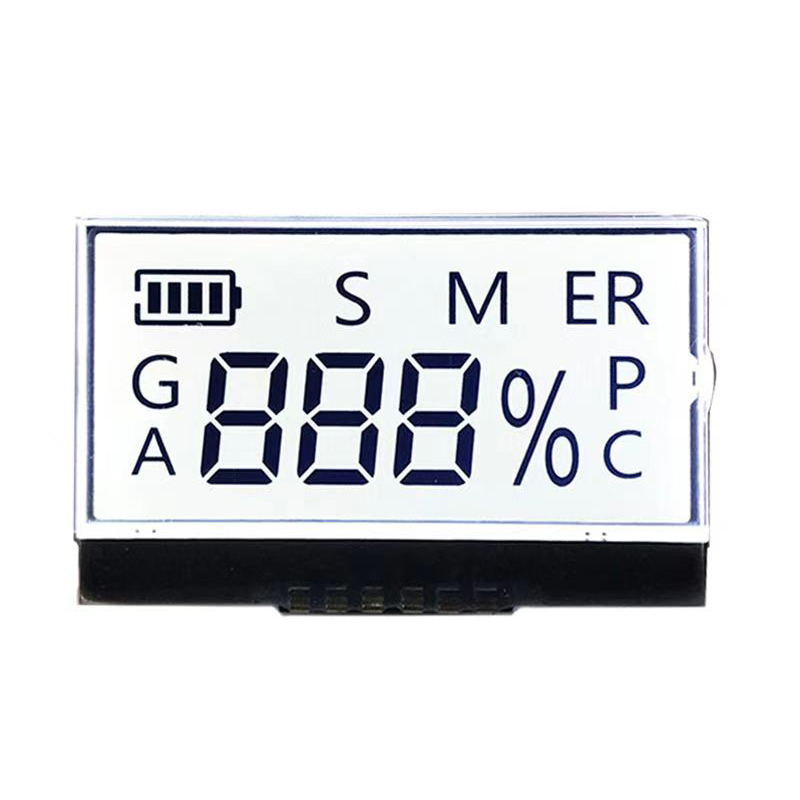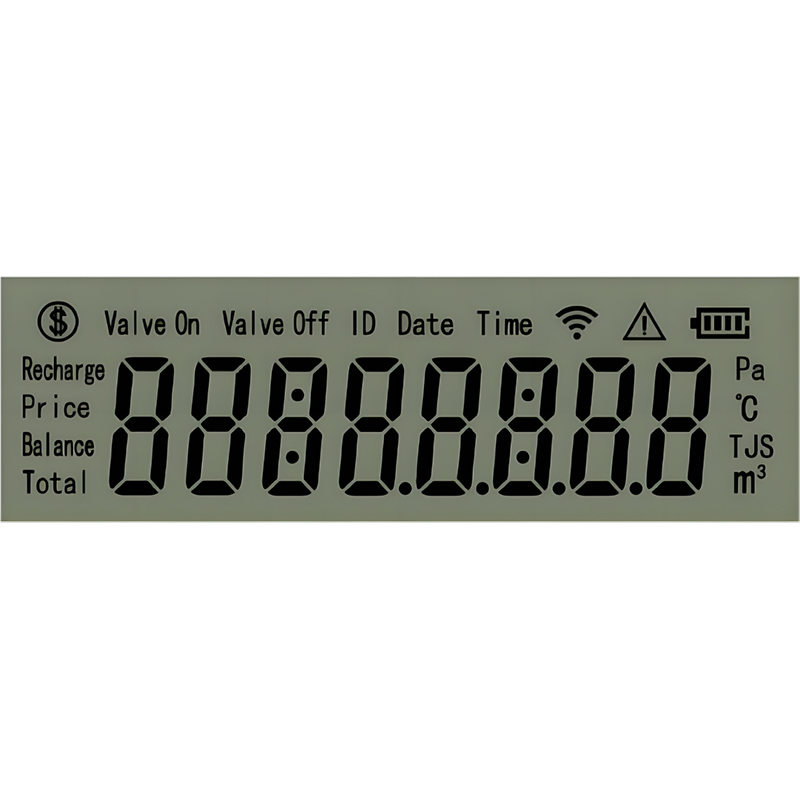
This guide provides a step-by-step tutorial on interfacing a DHT11 temperature and humidity sensor with a 1602 LCD display. We'll cover hardware setup, software coding (using Arduino), troubleshooting common issues, and explore potential applications. Learn how to display real-time temperature and humidity readings on your DHT11 1602 LCD setup, perfect for DIY weather stations and other projects.
Before we begin, ensure you have the following components:
The wiring diagram is crucial for a successful connection. Refer to the datasheets for your specific DHT11 and 1602 LCD to confirm pin assignments. A common configuration involves the following connections:
| DHT11 Pin | Arduino Pin | 1602 LCD Pin | Arduino Pin |
|---|---|---|---|
| VCC | 5V | VSS | GND |
| GND | GND | VDD | 5V |
| DATA | Digital Pin 2 (or any available digital pin) | RS | Digital Pin 12 |
| RW | GND | ||
| E | Digital Pin 11 | ||
| D4-D7 | Digital Pins 5-8 (or adjust accordingly) |
Remember to double-check your connections before powering on your circuit to avoid damaging any components. For further clarity, consult the specific datasheets for your DHT11 sensor and 1602 LCD module.
Before uploading the code, you'll need to install the necessary Arduino libraries. Search for DHT sensor library and LiquidCrystal library within the Arduino IDE Library Manager. Install both to access the functions needed for interacting with the DHT11 and 1602 LCD.
The following Arduino code demonstrates how to read data from the DHT11 sensor and display it on the 1602 LCD. Remember to adjust the pin numbers according to your wiring.
#include <DHT.h>#include <LiquidCrystal.h>#define DHTPIN 2 // Digital pin connected to the DHT sensor#define DHTTYPE DHT11 // DHT 11DHT dht(DHTPIN, DHTTYPE);LiquidCrystal lcd(12, 11, 5, 4, 3, 2);void setup() { Serial.begin(9600); dht.begin(); lcd.begin(16, 2); lcd.print(Temperature:);}void loop() { float h = dht.readHumidity(); float t = dht.readTemperature(); if (isnan(h) || isnan(t)) { Serial.println(Failed to read from DHT sensor!); return; } lcd.setCursor(0, 1); lcd.print(t); lcd.print(C ); lcd.print(h); lcd.print(%); delay(2000);}This code reads the temperature and humidity, then displays them on the 1602 LCD. You can modify this code to customize the display format and add other features as needed.
If you encounter issues, double-check your wiring, ensure the libraries are correctly installed, and verify the pin assignments. For advanced projects, consider integrating this setup with other sensors or platforms, like ThingSpeak or Blynk, for data logging and remote monitoring. To find high-quality LCD displays and related components, consider exploring suppliers like Dalian Eastern Display Co., Ltd. for a wide variety of options.
Remember to consult the datasheets for your specific DHT11 and 1602 LCD for detailed information and specifications. Happy coding!

